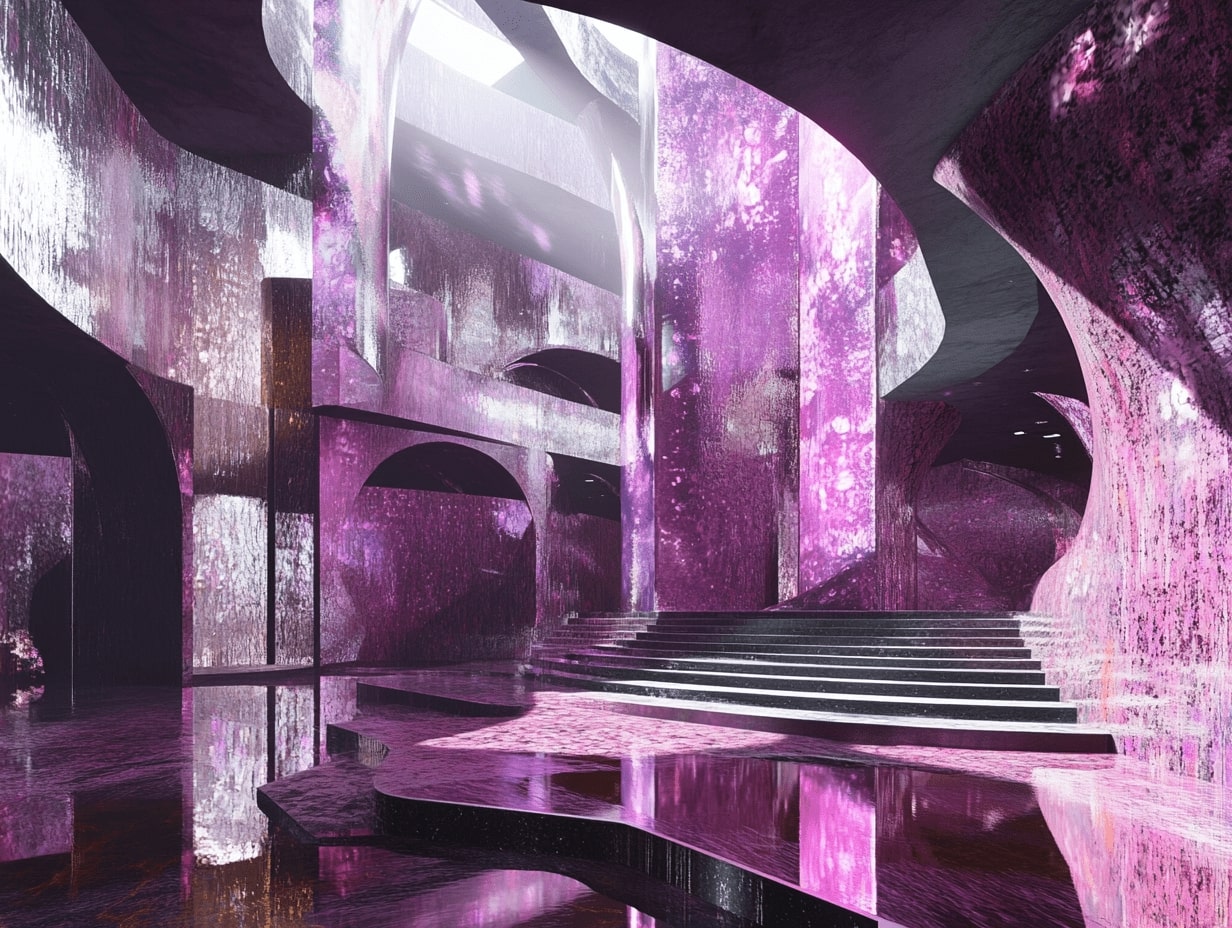- Home
- Articles
- Architectural Portfolio
- Architectral Presentation
- Inspirational Stories
- Architecture News
- Visualization
- BIM Industry
- Facade Design
- Parametric Design
- Career
- Landscape Architecture
- Construction
- Artificial Intelligence
- Sketching
- Design Softwares
- Diagrams
- Writing
- Architectural Tips
- Sustainability
- Courses
- Concept
- Technology
- History & Heritage
- Future of Architecture
- Guides & How-To
- Art & Culture
- Projects
- Interior Design
- Competitions
- Jobs
- Store
- Tools
- More
- Home
- Articles
- Architectural Portfolio
- Architectral Presentation
- Inspirational Stories
- Architecture News
- Visualization
- BIM Industry
- Facade Design
- Parametric Design
- Career
- Landscape Architecture
- Construction
- Artificial Intelligence
- Sketching
- Design Softwares
- Diagrams
- Writing
- Architectural Tips
- Sustainability
- Courses
- Concept
- Technology
- History & Heritage
- Future of Architecture
- Guides & How-To
- Art & Culture
- Projects
- Interior Design
- Competitions
- Jobs
- Store
- Tools
- More

As the world moves towards a more virtual existence, the concept of the metaverse is gaining momentum. A metaverse is a shared virtual space that allows users to interact with each other and the environment in a variety of ways. As more companies invest in creating their own metaverse platforms, the need for skilled metaverse architects is on the rise. In this guide, we will explore what it means to be a metaverse architect and provide tips for those interested in pursuing this exciting new field.
What is a Metaverse Architect?
A metaverse architect is a professional who designs and builds virtual environments and experiences within the metaverse. They work closely with clients to understand their goals and requirements and use their technical skills to bring those goals to life within the virtual space. Metaverse architects are responsible for everything from conceptualizing the design of the metaverse to creating 3D models, programming interactions, and designing user interfaces.

Skills and Qualifications Required
To become a metaverse architect, one needs to have a solid background in architecture, game design, or computer science. A strong understanding of design principles, programming languages, and 3D modeling software is also essential. Specific skills and qualifications required for the role may include:
- Proficiency in 3D modeling software such as Blender, SketchUp, and Maya.
- Experience in programming languages such as C#, JavaScript, and Python.
- Knowledge of game engines such as Unity and Unreal Engine.
- Understanding of design principles such as user experience (UX) and user interface (UI) design.
- Familiarity with virtual reality (VR) and augmented reality (AR) technologies.
- Strong communication skills and the ability to work collaboratively with other professionals.

Tips for Metaverse Architects
- Stay up to date with the latest technologies: The field of metaverse architecture is constantly evolving, and it is essential to stay up to date with the latest trends and technologies. Attend conferences and workshops, read industry publications, and network with other professionals to stay current.
- Build a portfolio of work: Create a portfolio of virtual environments and experiences that you have designed and built. This can be a valuable tool when applying for jobs or seeking new clients.
- Practice collaboration: Metaverse architects often work on large, complex projects that require collaboration with other professionals such as game designers, programmers, and artists. Develop strong collaboration skills and learn to work effectively as part of a team.
- Understand the user: Metaverse architects must design experiences that are engaging and intuitive for users. Understanding user needs and behaviors is essential to creating successful virtual environments.
- Develop a niche: The field of metaverse architecture is broad and diverse. Consider developing a niche area of expertise, such as designing environments for education or healthcare.
By developing the necessary skills and qualifications, staying up to date with the latest technologies, and building a strong portfolio of work, those interested in this exciting new field can position themselves for success. Metaverse architecture presents unique opportunities and challenges for architects, and those who embrace this new medium will be at the forefront of an exciting new frontier in design. The future of Metaverse Architects is bright and promising. As virtual and augmented reality technologies continue to improve, more and more companies are investing in creating their own metaverse platforms. This is creating a demand for skilled professionals who can design and build virtual environments and experiences within the metaverse.
Metaverse Architects have a unique opportunity to shape the way people interact with digital spaces. They can create immersive environments that simulate real-world experiences, provide new ways of learning and interacting, and offer new avenues for commerce and entertainment. As more people begin to spend time in the metaverse, the demand for high-quality experiences will only increase, making the role of the Metaverse Architect more important than ever.
In addition to designing virtual spaces, Metaverse Architects can also play a role in shaping the ethical and social implications of the metaverse. As virtual spaces become more intertwined with our daily lives, issues such as privacy, security, and inclusivity will need to be addressed. Metaverse Architects can help shape these conversations and ensure that the metaverse is designed to benefit everyone.

Submit your architectural projects
Follow these steps for submission your project. Submission FormLatest Posts
The Evolution of Web Gaming: HTML5’s Place in the Industry
The gaming landscape has undergone a seismic transformation over the last few...
Exploring The Future of Architecture in the Metaverse: Trends and Innovations
Explore how the metaverse is revolutionizing architecture by liberating designs from physical...
Exploring Metaverse Architecture: Innovations & Future Trends in Digital Design
Explore the groundbreaking innovations in metaverse architecture as digital design transcends the...
Discovering New Horizons: Exploring Architecture in the Metaverse
Dive into the realm where architecture and technology intertwine in the metaverse....












Leave a comment